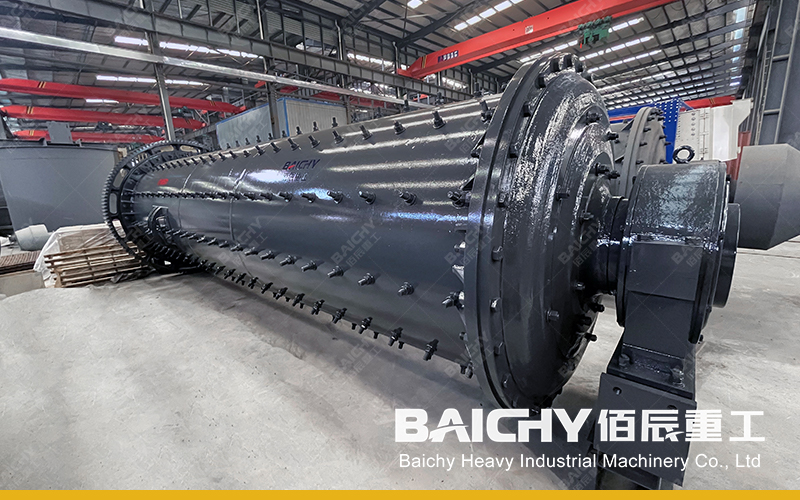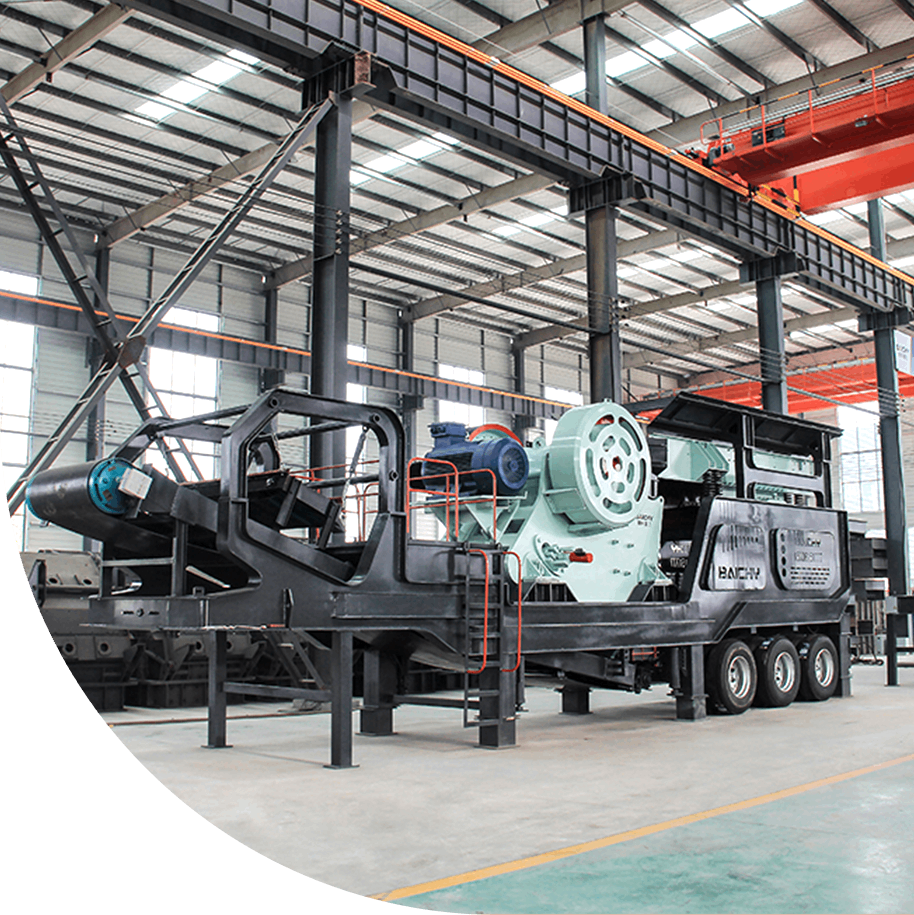Ball mills and vertical roller mills are two very important industrial grinding equipment. Now Let's explore the differences between ball mills and vertical roller mills.
First of all. Let's have a look at what is ball mill and what is a vertical roller mill is. What is a ball mill? A ball mill is a machine consisting of a rotating cylinder, a hollow shaft for feeding and discharging materials, and a grinding head. What is a vertical roller mill? A vertical roller mill is a machine consisting of two symmetrical horizontal cylinders with a certain amount of abrasive material inside.

Then what are the advantages and disadvantages of ball mills and vertical roller mills?
The advantages of a ball mill mainly include a High crushing ratio, few crushing stages, a simple process, few equipment, and low investment. Not affected by the moisture content of materials, it can process ores with high water and mud content. It has strong adaptability to materials and large production capacity, which can meet the requirements of modern large-scale industrial production. It has a simple structure, strong structure, reliable operation, convenient maintenance and management, and can operate for a long time. It has good sealing and can effectively prevent dust from flying.
Ball mill disadvantages: It is easily affected by the fluctuation of feed particle size and properties. It mainly uses ore as a medium, with low crushing efficiency and high unit power consumption. The commissioning cycle at the initial production is long. The maintenance workload is large and the operation rate is low. The product particle size is uneven.

The advantages of a vertical roller mill (vertical mill) are: The equipment has a large drying capacity and can dry materials with high moisture content. The product quality is stable and the particle grading is uniform.
The equipment is environmentally friendly, with low noise, less dust, and a clean operating environment. The structure and installation are simple, the crushing method is mainly grinding, followed by impact force, the grinding medium consumption is small, and the service life of the lining is long. The inlet particle size is large, which can simplify the crushing process. The process flow is simple, the failure rate is low, the operation rate is high, and the layout is compact. Low energy consumption and small vibration.
The disadvantages of the vertical roller mill are not obvious in comparison.
In conclusion, what are the differences between them?
1. Differences in working principles: The working principle of the ball mill is to make the abrasive and the material produces friction and collision in the cylinder through the rotation of the cylinder. The working principle of the vertical roller mill is to use the relative rotation of two cylinders to clamp, tear, rub, and other effects on the material between the cylinders.
2. Difference in grinding effect: The grinding efficiency of the ball mill is relatively low, and it is difficult to accurately control the grinding quality. The grinding efficiency of vertical roller mills is high, and the grinding quality can be accurately controlled.
3. Differences in application fields: Ball mills are widely used in cement, silicate products, new building materials, refractory materials, fertilizers, black and non-ferrous metal beneficiation, glass and ceramics, and other production industries. It is suitable for dry or wet grinding of various ores and other grindable materials. Vertical roller mill is mainly used for material grinding operations in cement, mining, chemical, and other industries, and can grind materials into a dispersed state of about 40-80 microns. It is particularly suitable for occasions with high requirements for grinding quality and large-scale production.
So there are some big differences between them. When choosing grinding equipment, we should consider the specific material properties, production needs, economic benefits, and other factors comprehensively to choose the most suitable grinding equipment.











